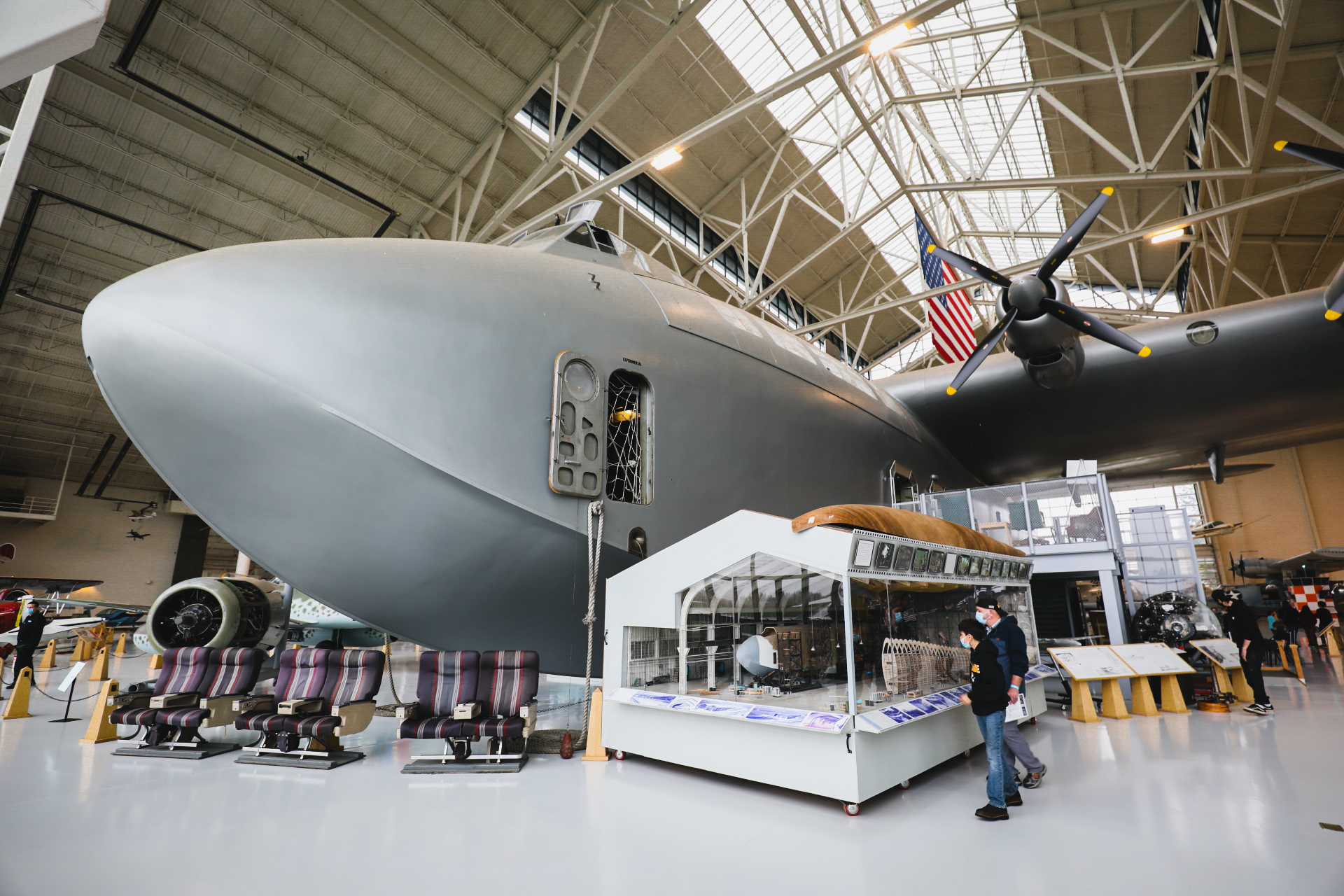On this day, 2nd November: The Hughes H-4 Hercules was built - 1947

The Hughes H-4 Hercules, famously known as the "Spruce Goose," represents one of the boldest aviation projects in history. Developed during World War II by Howard Hughes’ Hughes Aircraft Company, the H-4 was designed as a colossal transport aircraft capable of carrying troops and supplies across the Atlantic to avoid potential German submarine attacks. Due to wartime restrictions, the plane was built primarily from wood, leading to its nickname, despite Hughes’ insistence that it was primarily crafted from durable birch.
The Spruce Goose’s engineering ambitions were unprecedented. With a wingspan of 320 feet and standing 79 feet high, it was designed as a flying boat with eight powerful Pratt & Whitney engines. The aircraft’s immense size required the development of new construction techniques and materials, making it a showcase of cutting-edge aviation technology of the time. However, by the time the aircraft was completed in 1947, the war had ended, and the need for the H-4 had passed, leaving it uncertain if the plane would ever take to the skies.
On November 2, 1947, Hughes himself piloted the H-4 on its only flight. Though brief, it lifted off for about 26 seconds and traveled a mile just above Long Beach Harbor, California. While this flight demonstrated its potential, it was ultimately never used for any mission and was retired. The plane remains an icon of innovation, ambition, and controversy within aviation history, often symbolizing the pursuit of vision at any cost. The Spruce Goose is now housed at the Evergreen Aviation & Space Museum in Oregon, where it stands as a testament to Howard Hughes' ambitious dreams and a landmark of American ingenuity.





